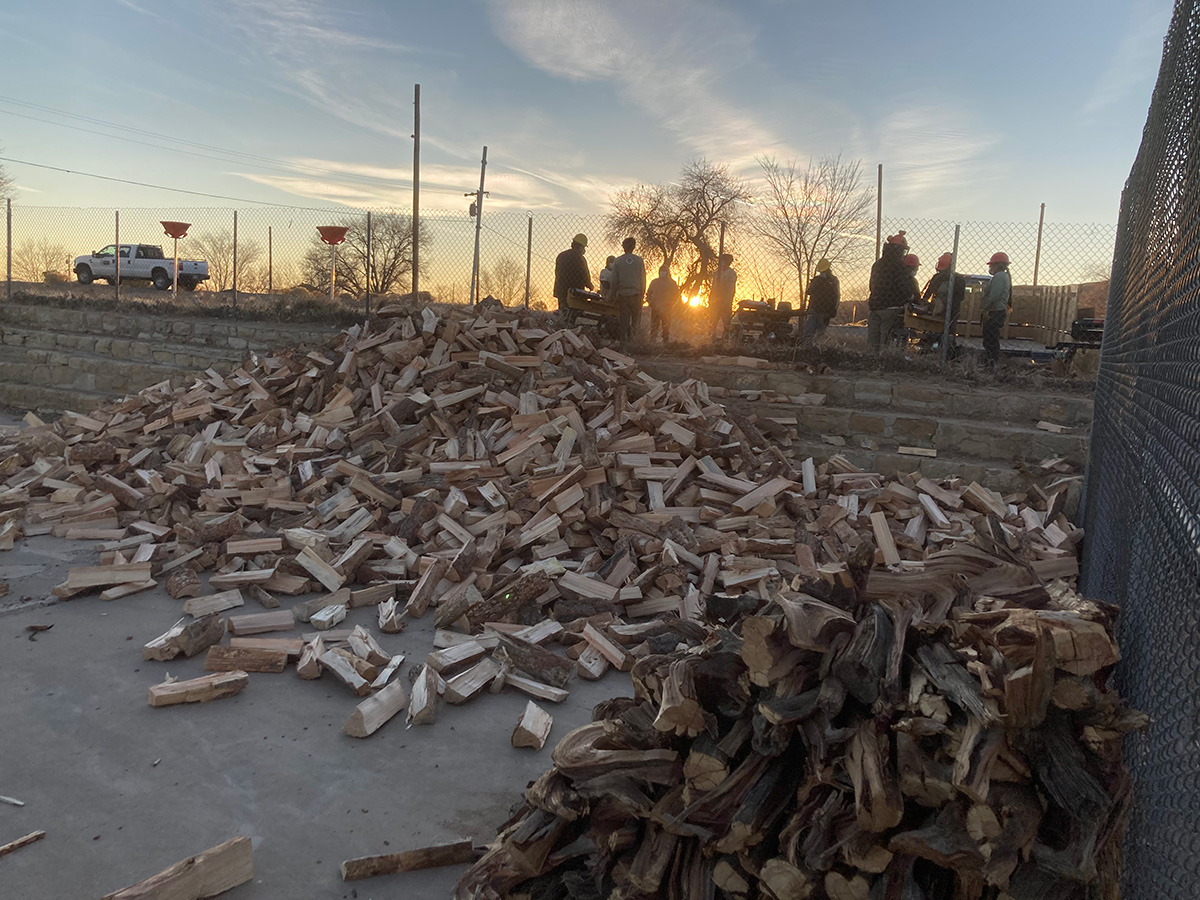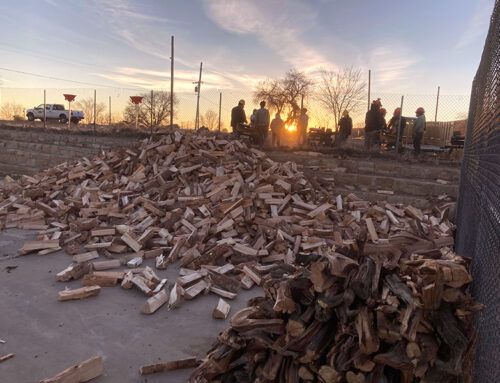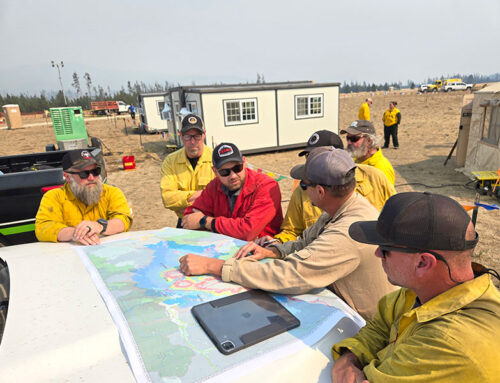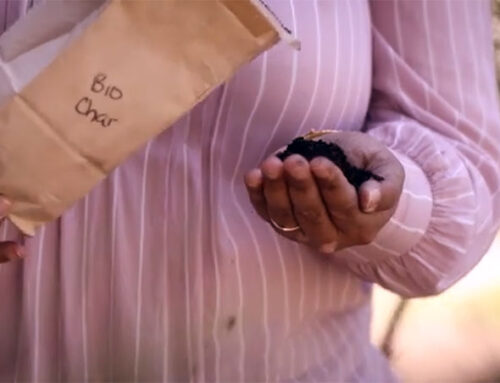What began as a response to an immediate need for home heating on the Navajo and Hopi nations is now recognized as a viable means of accomplishing land management agency goals for shared stewardship, cross-boundary collaboration, and a practical way to heat homes.
ERI’s involvement with the Wood for Life project began with a visit to a mill site in Cameron, Arizona. This mill was designed to produce logs for building traditional Hogan dwellings; however, Navajo Nation Cameron Chapter President Milton Tso stated that the chapter did not need Hogan logs, it needed firewood.
The Coconino and Kaibab national forests recognized this need and are working with tribal communities to address two goals, forest restoration and heating homes. The ERI assists in the effort by bridging the knowledge gap between forest product removal and warming homes.
The Tribal Forest Protection Act (TFPA) and the Forest Service’s goals for its Shared Stewardship vision are reflected in Forest Service Chief Vicki Christiansen’s recent comments at the opening of a TFPA workshop that focused on relationship development between the agency and tribal partners. The chief’s comments reflected commitments to the health and resiliency of forest landscapes that benefit rural communities.
The ERI understands that tribal engagement in this process is essential. There are several recent legislative actions that favor this engagement, and the ERI is committed to assisting tribes and federal partners as they navigate the policies that allow them to heat homes and meet agency goals.
Wood for Life is serving a need, and the skills and knowledge of ERI staff are gearing up for supporting what is now recognized as a practical means of meeting agency goals and heating Hogans.




